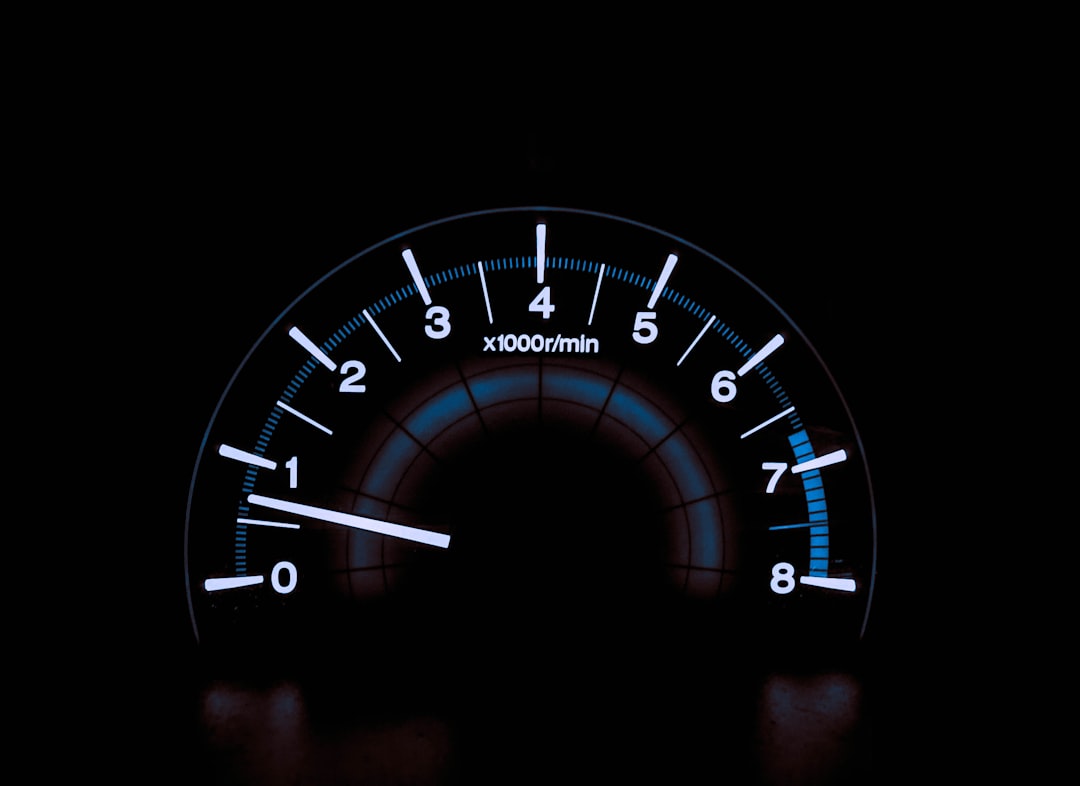Google Chrome is one of the most popular web browsers in the world due to its speed, stability, and user-friendly interface. However, users can sometimes face slow download speeds, which can be frustrating—especially when time is of the essence. Fortunately, there are proven ways to significantly enhance Chrome’s download performance and ensure a smoother experience. Here are five effective methods to instantly boost your Chrome download speed.
1. Clear Cache and Browsing Data
Over time, Chrome stores a large amount of cached data and cookies which can slow down not only browsing but also download speeds. Regularly clearing this clutter can free up memory and make Chrome run more efficiently.
- Click the three-dot menu in the top-right corner.
- Navigate to More tools → Clear browsing data.
- Select All time and check all the boxes, especially Cached images and files.
- Click Clear data.
This refreshes Chrome’s speed metrics, giving your downloads a better chance at full speed.

2. Enable Parallel Downloading
Google Chrome has a hidden feature that makes downloads faster by splitting files into smaller chunks and downloading them simultaneously. This is called Parallel Downloading and it can be enabled via Chrome’s experimental settings.
- Type chrome://flags in the address bar and press Enter.
- Search for Parallel downloading.
- Change the setting to Enabled.
- Relaunch Chrome for the setting to take effect.
This simple tweak can take your download speeds to the next level—especially for larger files.
3. Disable Unnecessary Extensions
While Chrome extensions add functionality, some of them consume resources and slow down processes, including downloads. Disabling extensions you don’t use regularly can free up memory and speed up operations.
- Go to chrome://extensions.
- Review the list and toggle off or remove any extension not in regular use.
Fewer active extensions mean more resources for downloads and browsing speed.
4. Use a Fast DNS Service
Your DNS (Domain Name System) provider plays a major role in how quickly Chrome connects to websites. Using a faster, third-party DNS like Google DNS or Cloudflare can drastically improve connection and download speeds.
- Google DNS: 8.8.8.8 and 8.8.4.4
- Cloudflare DNS: 1.1.1.1 and 1.0.0.1
To change your DNS settings, go into your device’s network settings and enter the above IP addresses under the DNS section.

5. Use a Download Manager Extension
Sometimes, Chrome’s default download system may not utilize your bandwidth to its full potential. Download manager extensions help manage and accelerate downloads by using advanced algorithms and multi-threading.
Some popular download manager extensions include:
- Chrono Download Manager
- Free Download Manager
- Turbo Download Manager
These tools offer better pause/resume support and may significantly reduce download times for large files.
Conclusion
Boosting your Chrome download speed isn’t as complicated as it might seem. With simple tweaks like clearing cache, enabling parallel downloads, using a faster DNS, and leveraging powerful extensions, Chrome can perform faster and more efficiently. Try these proven strategies and enjoy a smoother downloading experience today.
Frequently Asked Questions (FAQ)
- Q: Is it safe to enable Chrome Flags like Parallel Downloading?
A: Yes, Chrome Flags are experimental features provided by Google, but they’re generally safe to use if you understand what they do. Always use them cautiously. - Q: Will clearing cache delete my important browser data?
A: No, clearing cache and cookies will remove stored files and site data, but it won’t delete your bookmarks or saved passwords. - Q: How often should I clear Chrome’s cache?
A: It’s recommended to clear it once every couple of weeks or at least once a month for optimal performance. - Q: Can I use multiple download manager extensions together?
A: It’s best to use one reliable download manager at a time to avoid conflicts and ensure smoother performance. - Q: Does changing DNS affect my overall internet speed?
A: Yes, switching to a faster DNS can improve resolution time for websites, which indirectly enhances browsing and download speeds.


